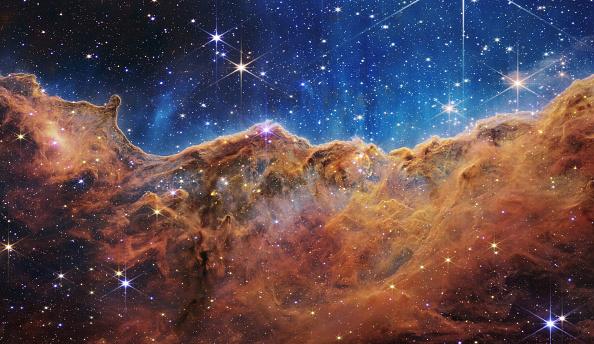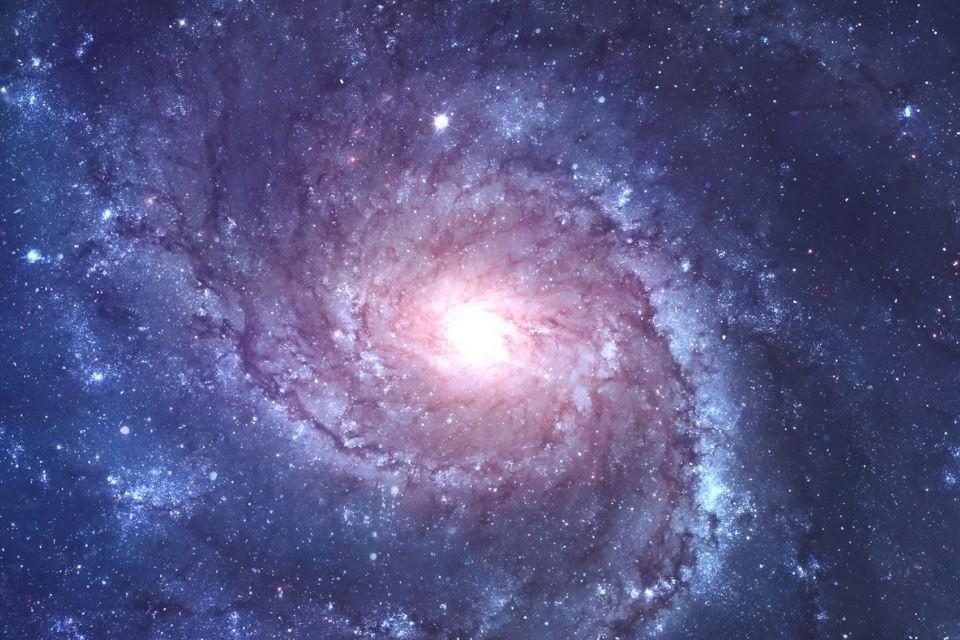Using the capabilities of the James Webb Telescope (JWST), scientists investigated the epoch of the universe characterized by: The emergence of the first galaxiesIt appeared shortly after the Big Bang. Academic research has revealed new insights into the presence of heavy elements in the early stages of the evolution of the universe.
In the official announcement made by the University of Copenhagen, the statement was made: “The evolution of galaxies in the universe appears to be linked to the direct relationship between star formation and the synthesis of heavy elements.”
New research reveals this relationship does not appear to be present in early galaxies. This suggests that these galaxies are in the early stages of their evolution, where they do not have sufficient stellar resources to produce significant amounts of heavy elements.
Nuclear fusion stages are responsible for synthesis and element formation in stellar cores. After the Big Bang, hydrogen and helium became the lightest elements, leaving only remnants of other elements in the early universe.
The next millions of years witnessed the formation of massive stars from archaic gases that underwent long stellar evolution. In these stars, Nuclear fusion initiated the fusion of lighter elements into denser elements.
The completion of the life cycles of massive stars resulted in supernova explosions, scattering heavy elements and contributing to the creation of a new generation of stars within galaxies, now rich in denser elements.
In this way, denser elements such as carbon, oxygen and iron, had their origins in later stars. At the time, scientists concluded that lighter elements were common in the early universe, but confirming this remained a serious challenge until the creation of the James Webb Telescope.
It was created to investigate the universe at infrared wavelengths, enhancing the ability to explore deeper into spatial and temporal domains.

“Studying the formation of early galaxies in the early universe has been challenging due to the lack of suitable instruments. Kasper Elm Heintz, research pioneer and assistant professor at the Cosmic Dawn Center, said James Webb’s deployment has revolutionized this subject and provided unprecedented insights.”
“Examination of the luminosity emitted from 16 host galaxies revealed a remarkable deficiency in heavy elements, considering their stellar masses and the frequency of star births,” said Kasper Elm Heintz.
Scientists discovered this some prominent galaxies were deficient in heavy elements compared to other young galaxies. In this way, this explanation challenges traditional beliefs that galaxies maintain a consistent balance.
Stay up to date with the latest discoveries from the James Webb Space Telescope at TecMundo. If you wish, take the opportunity to see it too. A giant question mark appears in an image taken from the James Webb Telescope.
Source: Tec Mundo
I’m Blaine Morgan, an experienced journalist and writer with over 8 years of experience in the tech industry. My expertise lies in writing about technology news and trends, covering everything from cutting-edge gadgets to emerging software developments. I’ve written for several leading publications including Gadget Onus where I am an author.












